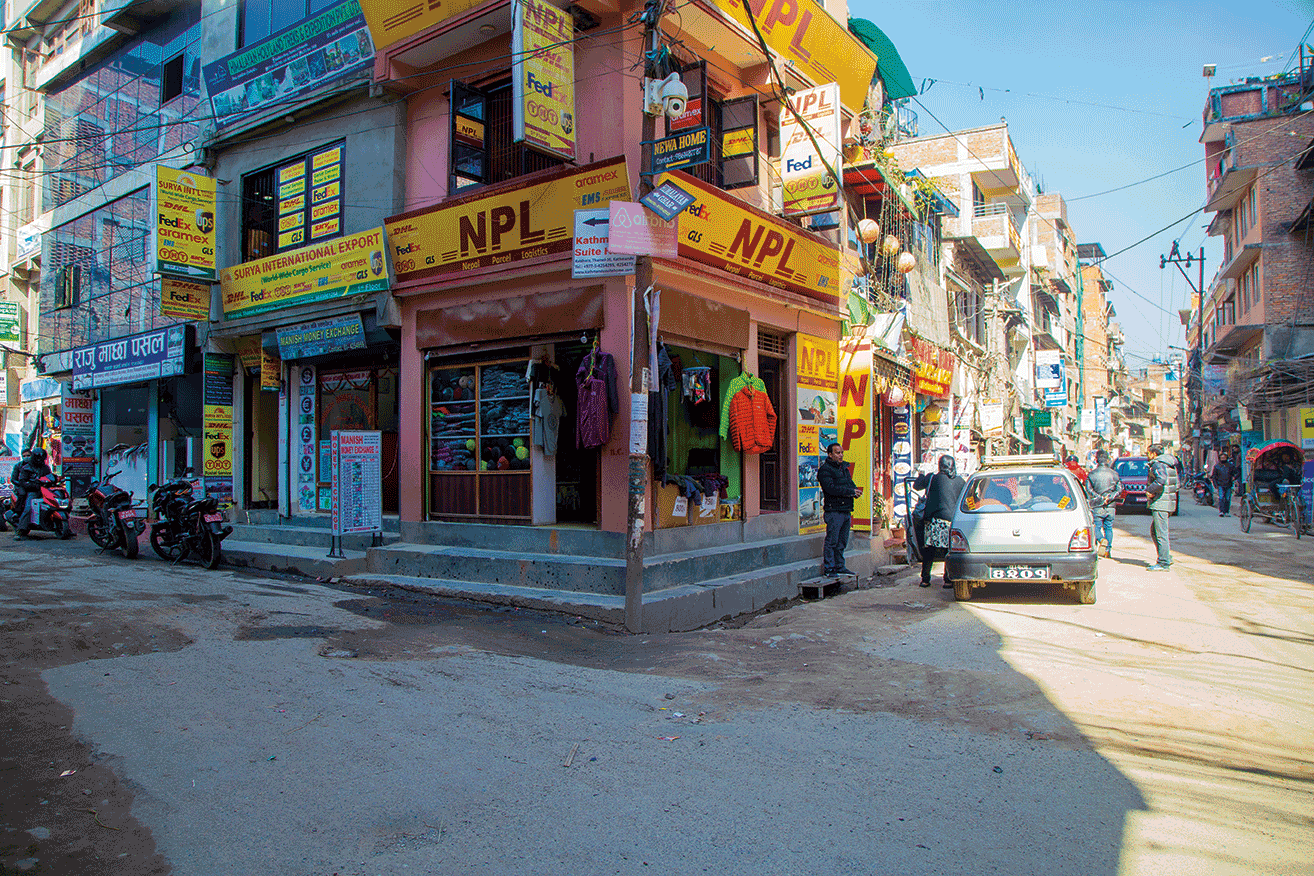
Festivals in Nepalese culture have multiple facets. They are not celebrated for religious reasons only, they are celebrated to be in harmony with nature, for one’s wellbeing as well as to bring out the best in a person. One such unique festival is the Guru Purnima, which literally translates as the day for the teachers on full moon. The full moon has special significance as the day and night when the moon emanates the most vibrant and luminescent energies. This unique festival is not only linked with teachers but also the social obligations a human should perform in his lifetime.
Ancient religious texts of Hinduism say that every human is born with three debts or tri rin to pay in his/her lifetime. These three debts or rins are Deva rin, Pitri rin and Guru rin, debt to gods, debt to our ancestors and debt to our sages (who in ancient days were regarded as teachers). The religious texts also prescribe methods of repaying these debts. By fasting, praying and performing rituals to gods and goddesses, one can pay back the Deva rin. The Pitri rin or the debt to our ancestors is repaid through unconditional love, nurture and support of our elders throughout their lives, by respecting our parents and taking care of them in their old age, and performing the rituals for their salvation after their death. This is the reason why most people in Nepal still live in joint families because they feel the responsibility to take care of their parents in their old age. Where families have become nuclear, there are many cases in which the aging parents move in with their sons or sometimes daughters. Fulfilling these three debts make us better human beings and leads us to the path of salvation or moksha.
The third debt is the Guru rin or the debt to teachers, the topic of this article. In ancient days, when schools as they are in present times were non-existent, education was conducted at gurukuls (the residence of gurus) through the Guru-shishya (teacher-student) relation in the shruti- smriti (listening and remembering) tradition. In this system, the students or shishya resided with the teacher in the same premises, learning from the guru and helping in his day-to-day life, including the carrying out of mundane chores like cleaning, washing clothes, cooking, etc. Many students lived together learning good conduct, discipline, respect for each other, good brotherhood and ethics of humanity, together with academic education. At that time, there were no fee structures for education. At the end of the education, the student offered Guru-dakshina or offering to the teacher. These offerings were gestures of gratitude, acknowledgment and respect, made in kind or special tasks the guru wanted the student to accomplish.
The most special significance of this day is the birth anniversary of Veda Vysa, also referred to as Vysa Purnima. He is regarded as the highest guru in the Indian subcontinent, and composed the Mahabharata and complied the 4 Vedas in order of their themes, contributing to the religious, socio-cultural history of the region.
This day also has its importance in Buddhism. For it was on this very day that Buddha gave his first sermon at Bodhgaya in Sarnath after his enlightenment. The sermon is referred to as the Dhammacakkappavattana Sutta which explains the philosophy of Buddhism. The five monks who witnessed this first sermon were the initial members of the Sangha or community that Buddha started.
In modern times this festival is still celebrated all over Nepal, in different ways than the ancient, because our education system has changed and so has our way of celebrating festivals. What is important is that the reverence, respect and gratitude for teachers remains. Students from schools and colleges perform dances and entertain their teachers, sometimes they raise funds to organize some refreshment and offer gifts to them. This tradition of respecting teachers is not limited to schools and colleges only. People (adults in various professions) in general visit their teachers with fruits and flowers to honor them on this special day. Teachers are not only those who teach us in academic institutions; others who fill us with knowledge of various types are also regarded as teachers. But of course this festival is celebrated with much fervor in schools, colleges, universities etc. It is a day when the teachers feel special and motivated. Such socio-cultural festivals decorate our culture and urge us to be better human beings, thus their continuation with twists of modernity are most vital even today.
Since the festival is celebrated according to the lunar calendar, the date according to the Gregorian calendar changes and this year fell on July 16, 2019.
The author is a scholar in Nepalese culture, with special interest in art & iconography. She can be reached at swostirjb@gmail.com











